As a kid, I loved cars with hidden headlights. As many later Imperials had this feature, the luxury brand always caught my eye, but they were not very common. Neither were the earlier ones, but that’s part of the fun of car-spotting for an adolescent.
These AutoHunter Picks include one of the body-on-frame Imperials plus a classic Vette, a goofy Volkswagen truck never available in the States, and a classic pickup that’s as honest as can be. Any of these make you swoon?
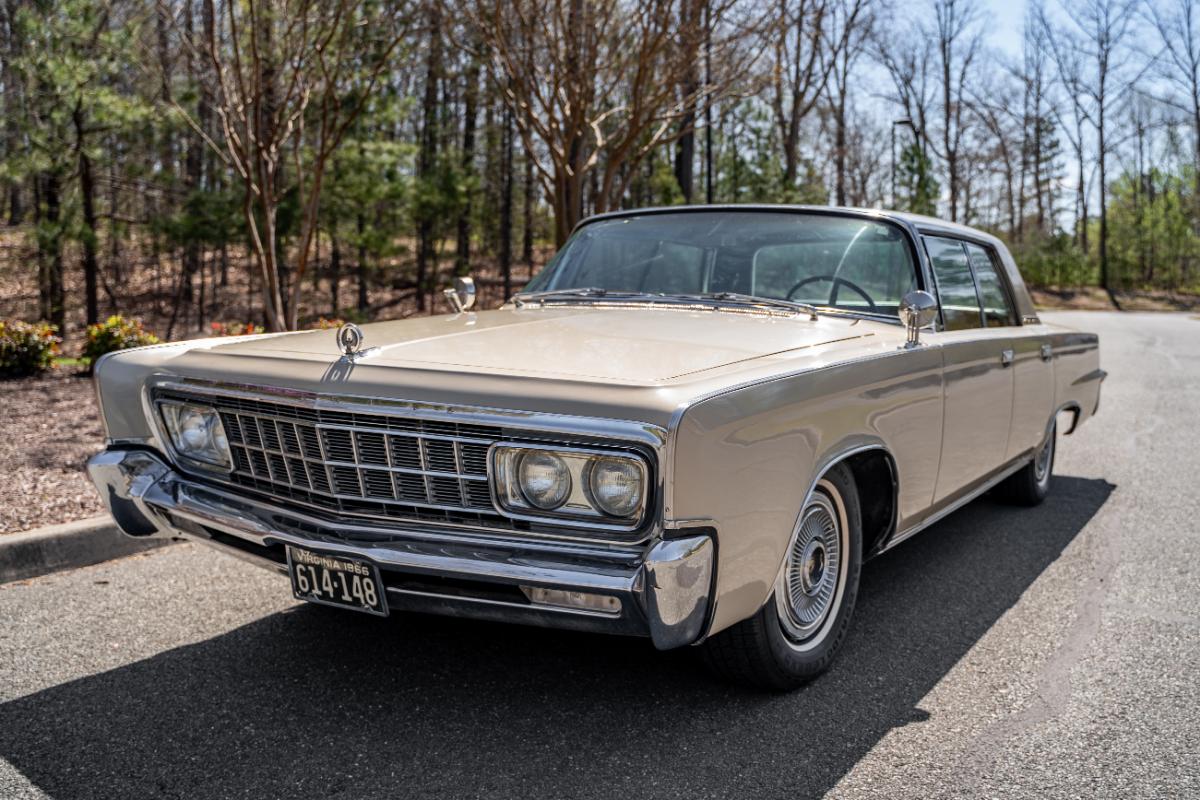
1966 Imperial Crown
If you ever admired the Lincoln Continental but were a Mopar guy or gal, these are the bee’s knees. They have the crisp, slab-sided styling while, underneath, the suspension and RB big-block make them much better drivers. Unfortunately, they were only built for three years before the Chrysler Corporation dumbed the Imperial down as a fancy Chrysler.
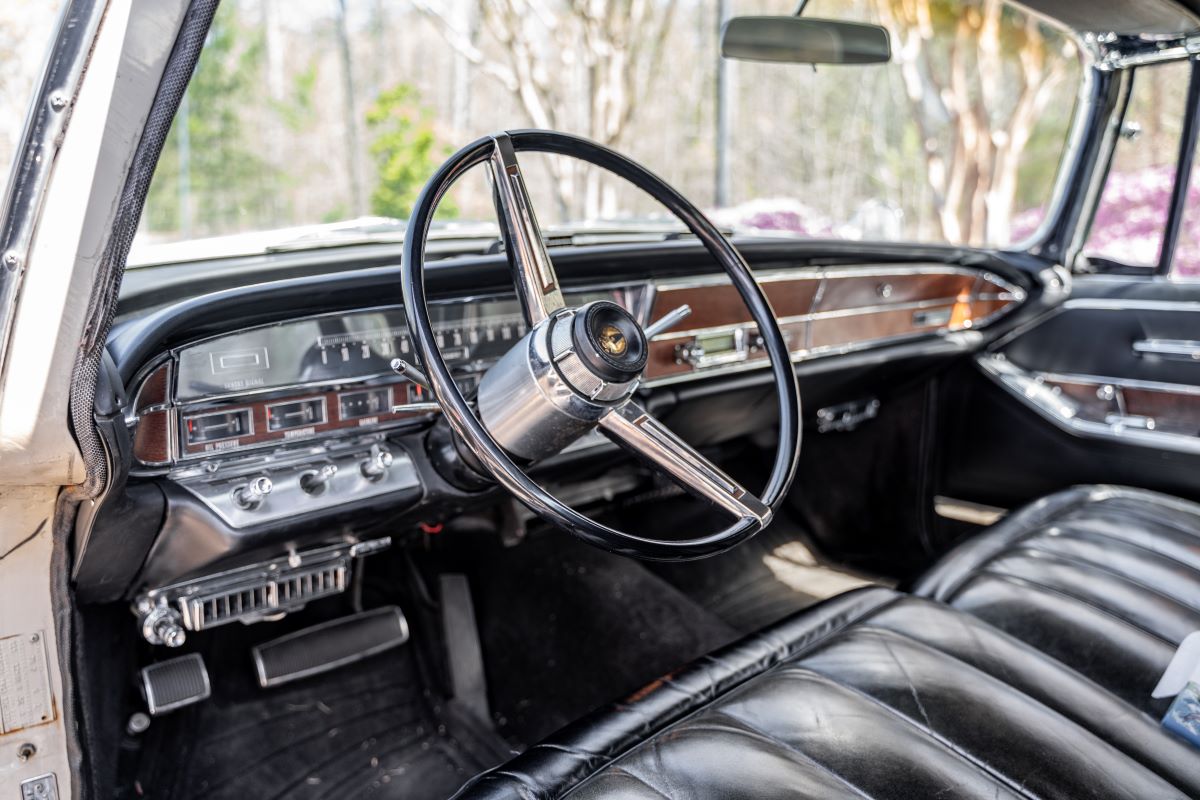
This 1966 Imperial Crown four-door hardtop is powered by the new 440 V8, which was a nice upgrade from the 413. Inside, it features a front seat that could be characterized as two loungers surrounded by walnut trim. And dig those space-age interior door handles! This is a ton of car for the money, and much less common than those boring Cadillacs.

1967 Chevrolet Corvette Coupe
If you were shopping for a Vette in 1967, would you buy one that was based on a 1963 design or decide to wait for the redesigned 1968? Having the latest and greatest is certainly a big pull, but the collector car market has chosen the ’67 as the one to get. The 1967 is the refined C2, with the only thing preventing perfection is the lack of a split in the rear window.
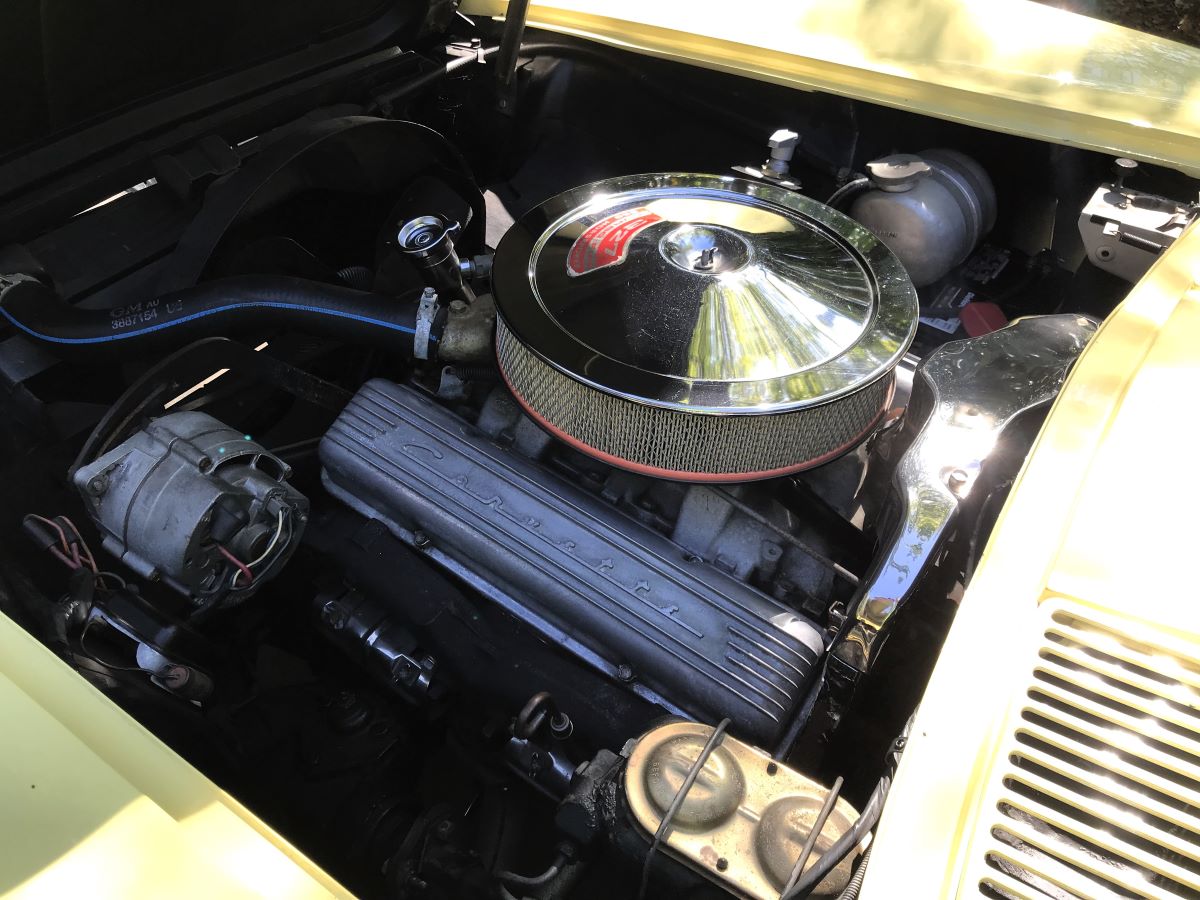
This 1967 Corvette Coupe is powered by the top small-block of the year, the L79 327 that offered 350 horsepower – seller claims it is original to this car. The Sunfire Yellow paint, which was reapplied in 2006, is a plus, but I’m a sucker for pretty, pale yellows. Rally wheels were new for 1967, but only the ’67 had the shallow center cap – another feather in the cap of the swan song.
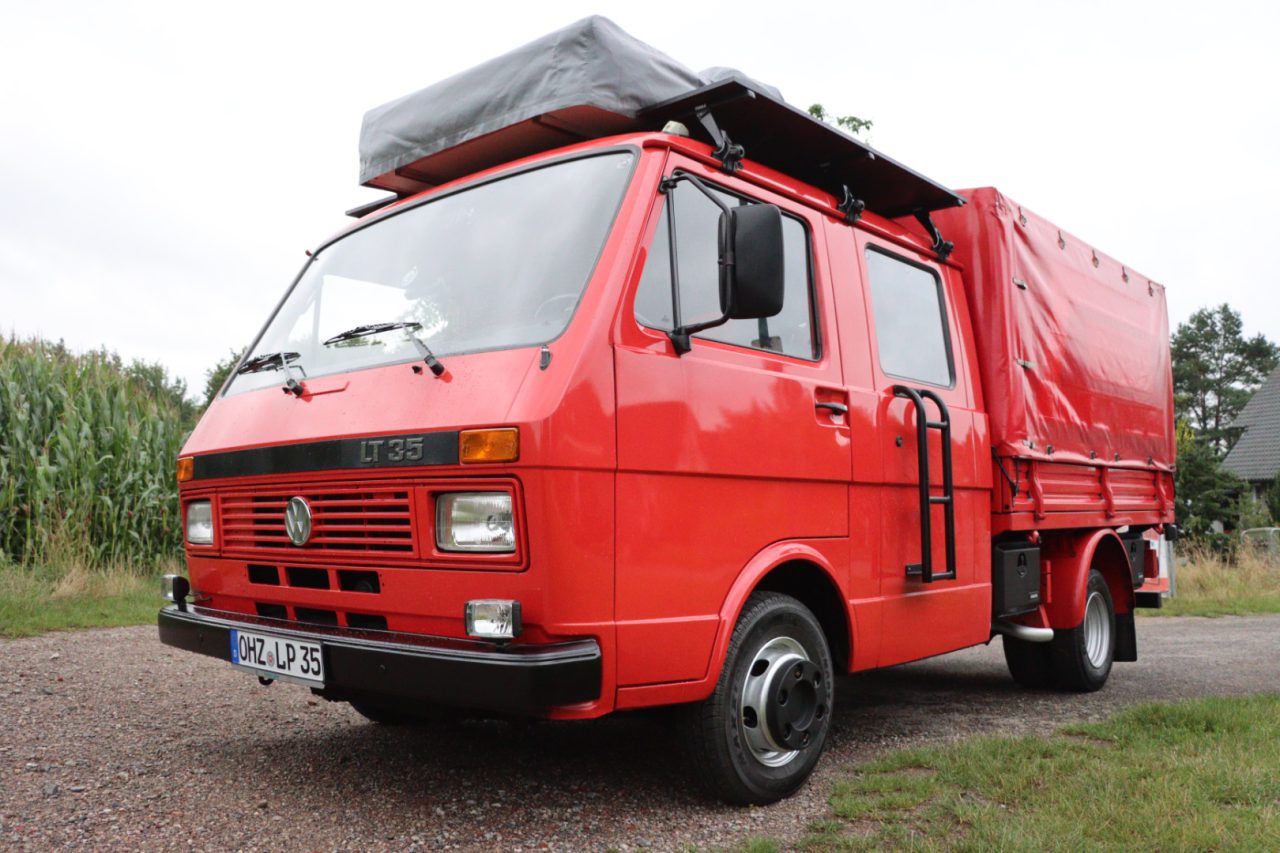
1991 Volkswagen LT 35 Dually
Writing “Volkswagen” and “dually” in the same breath doesn’t make much sense to this American, but it seems it was a thing between 1975-1995. The LT was a light commercial vehicle that replaced the commercial versions of the Type 2 (Microbus and variants) with an RWD/front-engine layout that was much more up to the task. The 35 in the name of this one means it’s a 3.5-ton version.
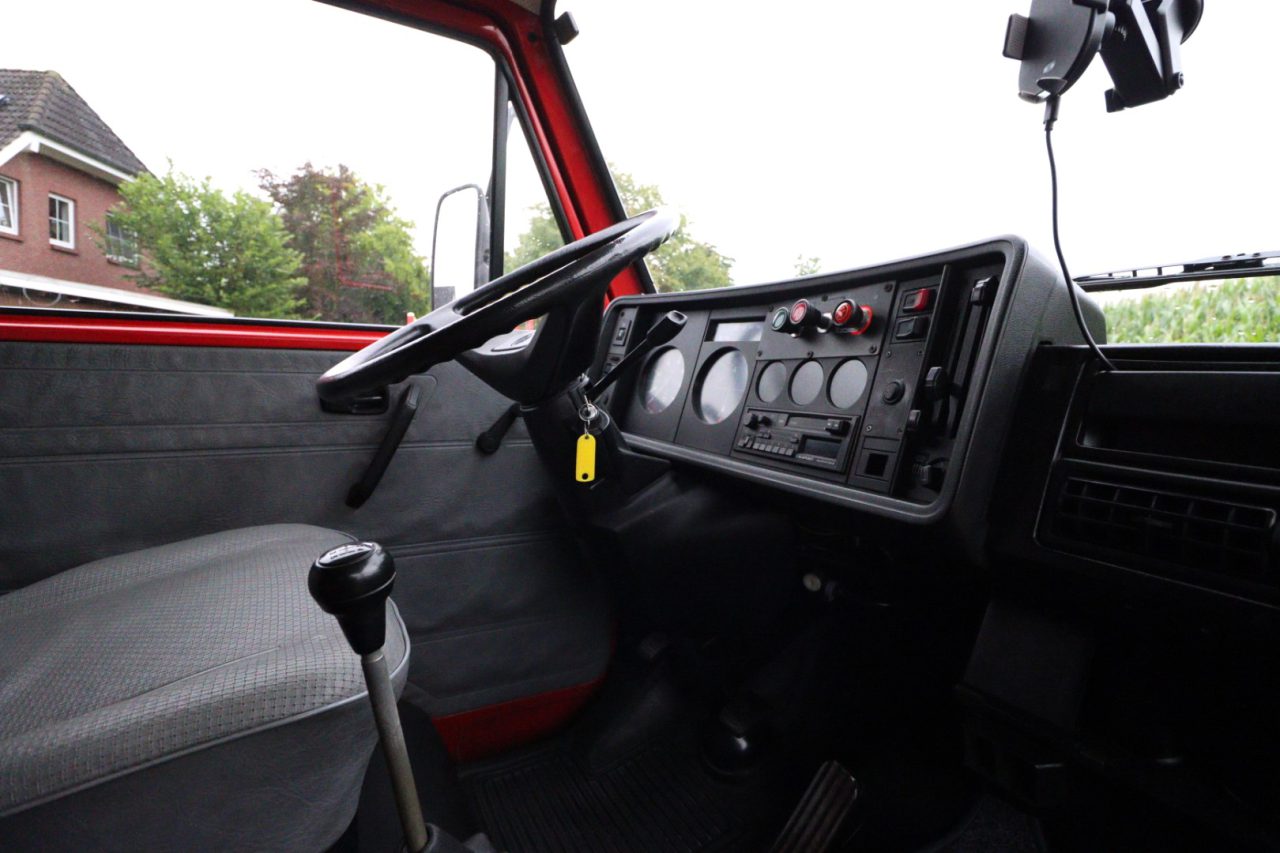
This 1991 VW LT 35 is a dually, which suggests it will handle most jobs you throw its way. A carbureted 2.4-liter straight-six offered only 89 horsepower but, considering torque was the selling feature of this Malaise-era vehicle, the five-speed manual will likely help hone in on its peak power range. Plus, this VW originated as a fire truck, which is quite a neat history.

1966 Ford F-100
Reading about these unibody F-100s, they were introduced for 1961 but were reengineered for 1965 with a new frame that would be used through 1979. Why Ford kept the same styling through 1966 instead of a redesign is something that we don’t know, but we do know that it was a better-driving truck thanks to the independent Twin I-Beam suspension replacing the straight axle on 2WD versions.

This 1966 Ford F-100 looks like an honest pickup. It’s painted in the classic Wimbledon White with red interior, and is powered by a big-block 352 paired with a three-speed manual. This Styleside looks like it has a 129-inch wheelbase with 8-foot bed, which is huge. Features to make the ride more comfortable include air conditioning.





